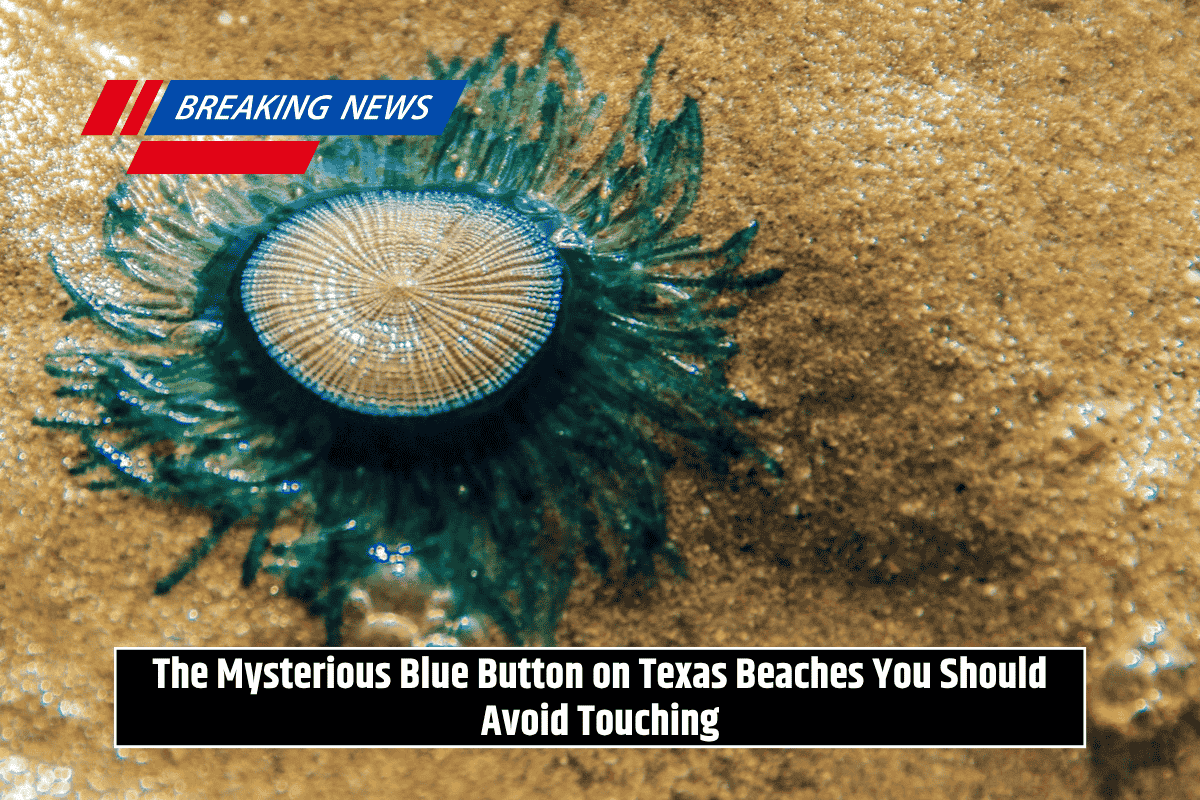When visiting the beautiful beaches of Galveston, Texas, there’s no shortage of fun activities like playing in the sand, battling waves, or even interacting with the local wildlife. But while many creatures on the beach are harmless or fascinating, some require a bit more caution — especially the Blue Button.
What Is a Blue Button?
Despite its resemblance to a jellyfish, the Blue Button isn’t one, and it doesn’t sting quite like a jellyfish. It’s actually a colony of tiny animals known scientifically as Porpita porpita.
This creature floats on the water’s surface in a disc-like shape, usually showing a blue or green color around the edges. The Blue Button’s tentacles help it catch prey, but they also have the potential to sting humans — though the sting is much milder than that of a jellyfish.
Why Should You Avoid the Blue Button?
While the Blue Button’s sting isn’t as intense as a jellyfish’s, it can still cause mild irritation. This means you shouldn’t touch or pick it up if you spot it along the shore. The best course of action is simply to admire it from a safe distance.
What to Do If You See One on the Beach
If you come across a Blue Button on the shore, the most important thing is to avoid stepping on it. The wind and sea breeze can easily blow them ashore, where they can be accidentally stepped on by unsuspecting beachgoers.
If you see one, it’s a good idea to walk around it and alert others nearby to prevent them from getting stung.
So, while the Blue Button may look fascinating, it’s a creature that requires respect — and a little caution — to keep your beach day fun and sting-free.
